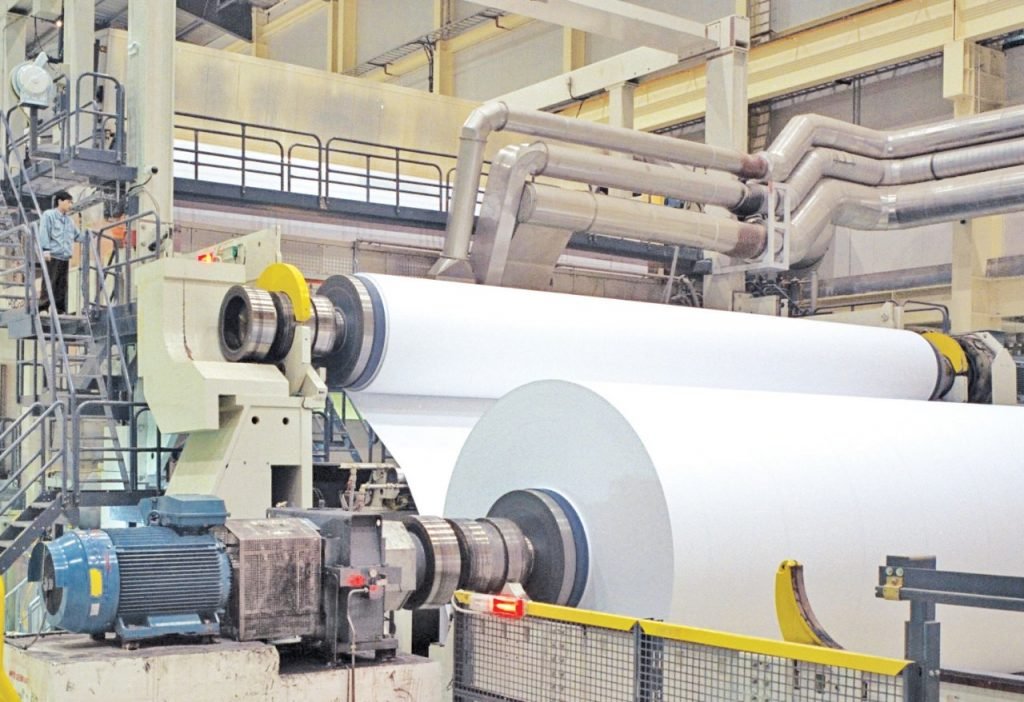Paper and Pulp

- Chlorine Dioxide (ClO2)is one widely used as delignification/bleaching agent in the pulp and paper industry, providing a high-quality, low-cost delignification and bleaching process.
- Chlorine dioxide (ClO2) treatment is superior to chlorine bleaching processes in that it virtually eliminates all dioxin discharges into the environment, and has accordingly, helped pulp and paper manufactures to employ processes to meet environmental requirements.
- Accordingly, the use of chlorine dioxide (ClO2) treatment is increasing and most pulp and paper mills now have at least one chlorine dioxide (ClO2) delignification or bleaching stage. Chlorine dioxide (ClO2) treatment has also been used to treat waste-water, sludge and other process streams.
- It selectively attacks the phenolic groups of lignin without degrading cellulose fiber, allowing for increased yield and higher strength bleached pulp. It reacts rapidly with lignin without effect on cellulose fiber. It oxidizes, brighten and solubilize the lignin. Therefore the fiber achieve highbrightness without pulp degradation; so, more strength, and more yield %.
Bleaching Pulp with Chlorine Dioxide:
Advantages -
- High brightness and brightness stability
- Excellent for shive and dirt removal
- Highly selective - little degradation of pulp
- Less organic chlorine than Cl2 and ClO-
- Radical scavenger
Anti-slime treatment with chlorine dioxide (ClO2) in paper mills:
- Slime control by biocides addition is now a common production practice. Thanks to its bactericidal, algaecide and fungicidal properties, chlorine dioxide (ClO2) may be used effectively for this purpose in paper mill waters, by virtue of also being able to act in a wide pH range.
- The use of (ClO2), in place of organic biocides and chlorine, allows to keep the plant effectively clean at low dosages (60 – 120 g/ton of paper), to reduce production downtimes, without affecting the AOX content in the paper and in the waste waters. (ClO2) is added to both the raw water and thewet end and can be used in the disinfection of clarified waste waters.
- In this respect it can be considered the ideal agent for an integrated treatment of all the water in paper mills. Experimentation on paper mill sludge has also pointed out the effectiveness of chlorine dioxide (ClO2) and sodium chlorite in scavenging unpleasant odors due to anaerobic fermentation.
- In the treatment of pulp, chlorine dioxide (ClO2) acts as a bleaching agent without altering its mechanical properties. (ClO2), in fact, acts on the lignin, and to a lesser degree on the hemicelluloses, with the formation of ligninic and chloroligninic acids, in a selective way without degrading the cellulose polymer. At the same time, chlorine dioxide (ClO2) maintains high viscosityvalues, which is an important parameter in the production of regenerated cellulose (rayon yarn and viscose staple), and of tear index and breaking length, which are relevant parameters in the paper-making process.
